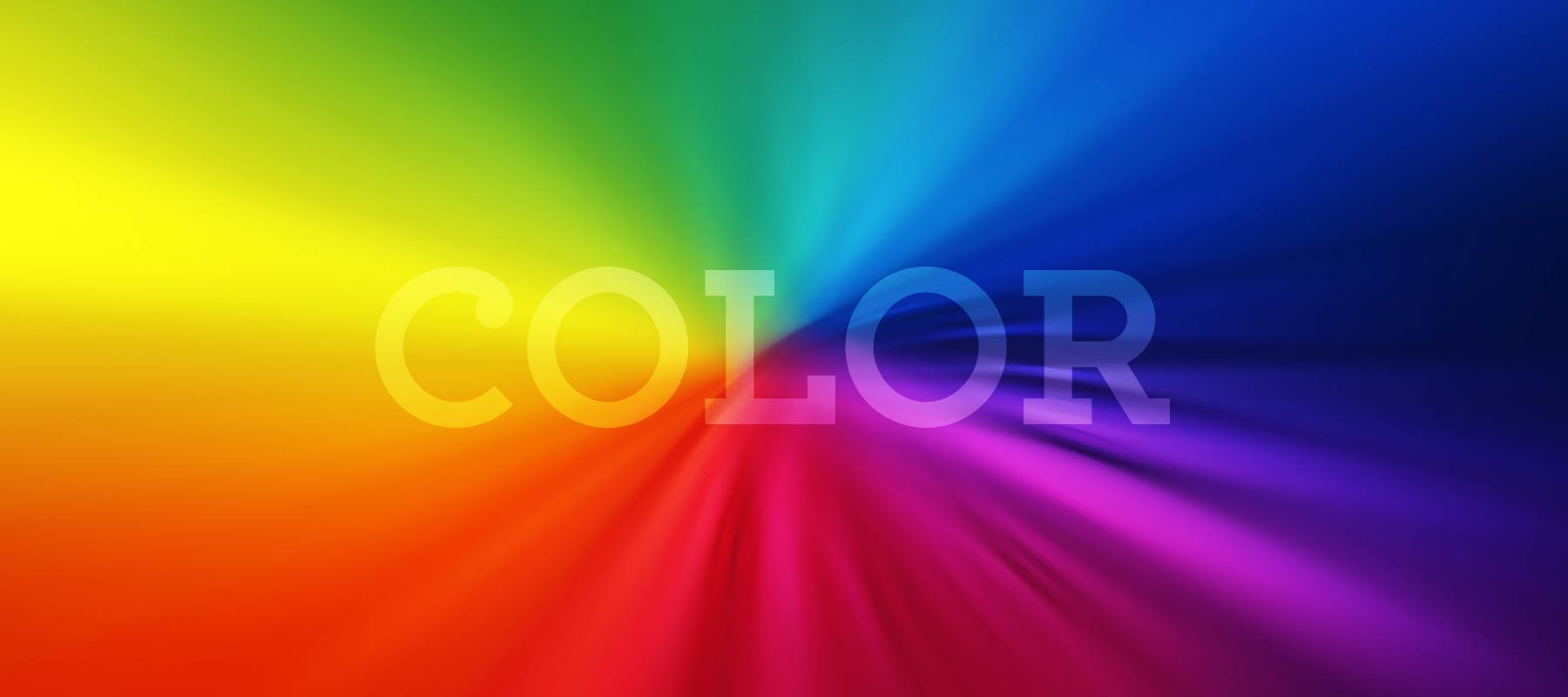Using Segmentation to Improve Sponsorships & Activations
What do you think of when you hear the phrase “diverse sponsorships?”
As we’ve discussed before color plays a key role in branding and is essential in establishing an emotional connection with customers. Because brands need to look vibrant and consistent across all mediums, keeping color precise and consistent in design is very important. Today we will discuss various color systems used in design and what the difference is between them.
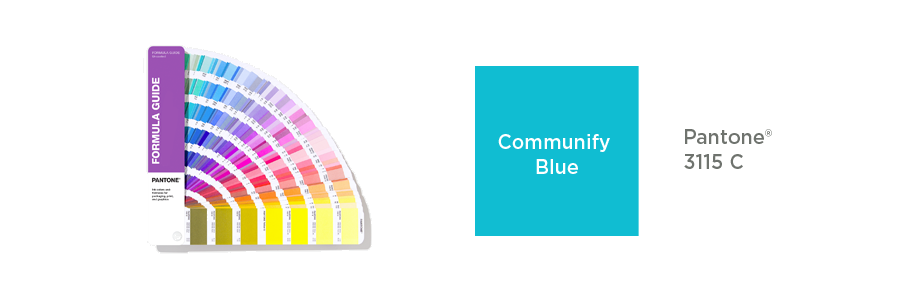
PMS. Colors have it, too. It stands for Pantone Matching System, which is a universal color matching system used primarily for printing. Pantone colors are also sometimes referred to as ‘spot color’ in printing. Each color is made up of highly precise mixes of ink and represented by a numbered code. These specific formulas create the most consistent color possible across different applications or print locations. It is a similar process to picking out paint swatches – a color is picked from a catalogue of colors. PMS colors are used for offset printing and are typically used for one or two-color print jobs. Using this method is more expensive than printing with CMYK and best suited for larger print runs.

CMYK stands for Cyan, Magenta, Yellow and Key (black). This process is also known as four-color printing process, where all four colors contain mixtures of dots in CMYK. The reason black is referred to as “key” is because it is the color used on the key plate, which supplies the contrast and detail on a final image. Much like mixing paint, CMYK colors are made by mixing different percentages of these four primary pigments. This process is used for digital printing and is ideal for printing catalogues, magazines, brochures and anything else with lots of images. It is typically used when budget is a concern and for smaller print runs.
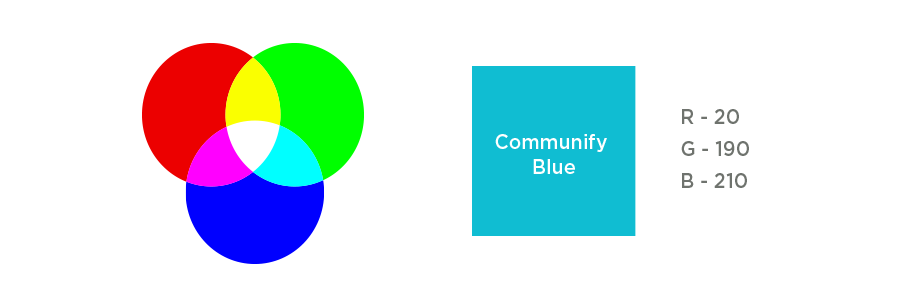
RGB is the most commonly used color system in the digital world and is used for anything that is to be displayed on televisions, computers, mobile phones and digital cameras. RGB stands for Red, Green, Blue. This color mode uses different combinations of those colors to digitally create images and text. Screens display images with hundreds of pixels. Each of those pixels has three sub-pixels: a red light, green light, and blue light. These sub-pixels light up in different intensities based on the color the pixel ultimately displays to produce a result on a black monitor. There will typically be some variation in RGB colors from screen to screen as monitors are each calibrated a bit differently. The RGB color system should be used only in digital designs, most commonly when designing for the web. This includes designing websites and imagery and graphics for use on websites and social media.
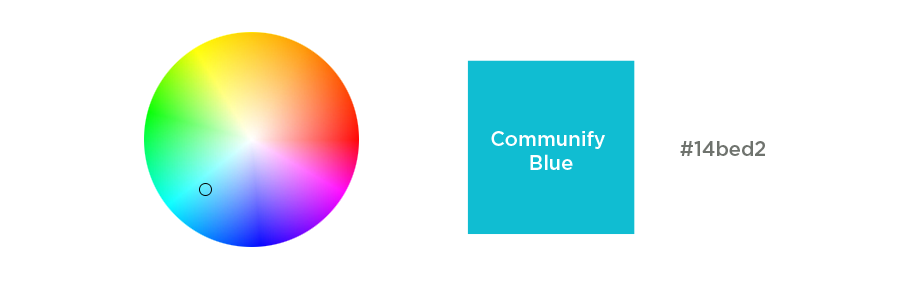
HEX, which stands for Hexadecimal, is also used for digital purposes and is basically a short code for RGB color. The only main difference from RGB is the syntax in which you use to generate the color. A HEX color is represented as a six-digit combination of letters and numbers which are defined by its mix of the primary colors. The first two numbers represent red, the middle two represent green, and the last two represent blue. Developers and designers use HEX colors for onscreen purposes primarily in web design.
Now that you know a little bit more about the different ink types and how they can affect the digital or printing process, you can make more informed decisions for your brand. Do you have any further questions about the differences between PMS, CMYK, RGB and HEX or how to utilize each color profile? Do you need help choosing the right ink colors or creating printing designs that evoke the right emotion? Our team is ready to help!
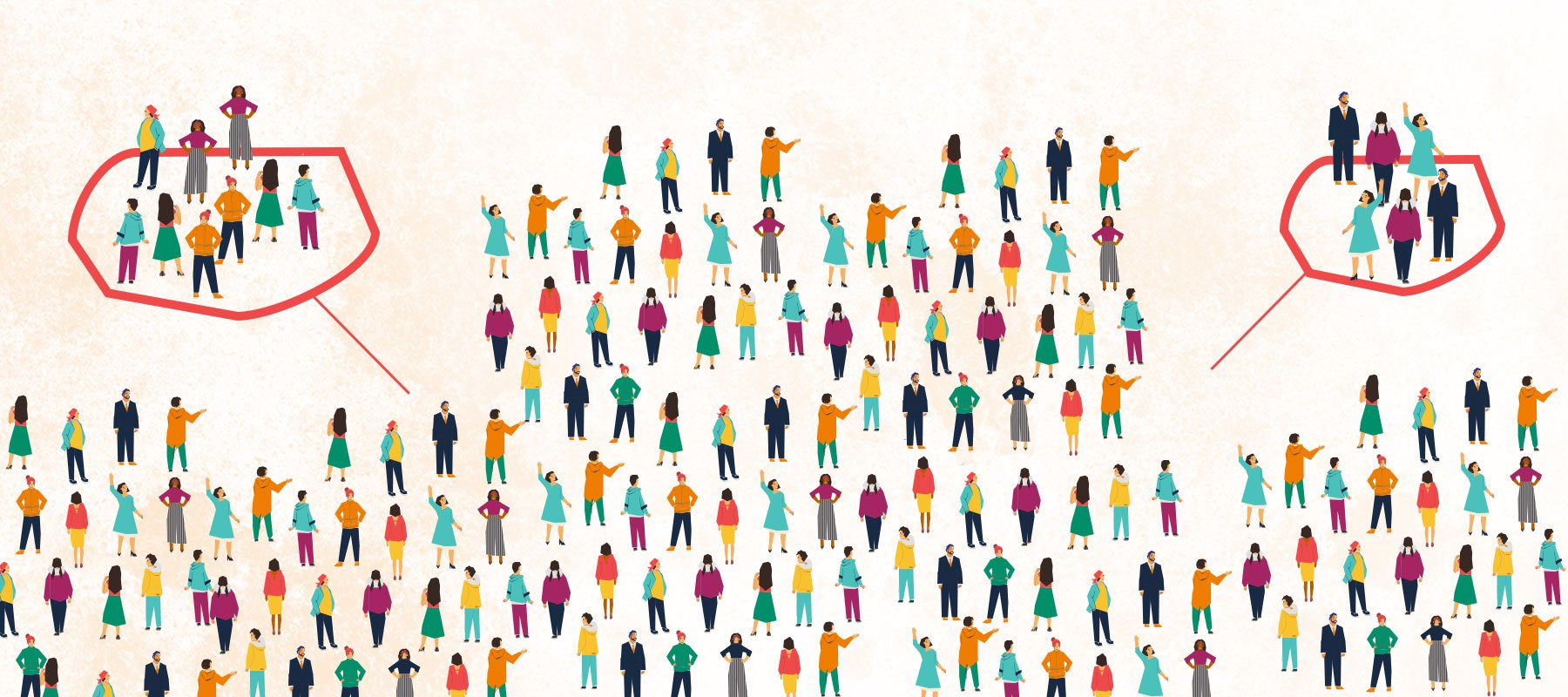
What do you think of when you hear the phrase “diverse sponsorships?”
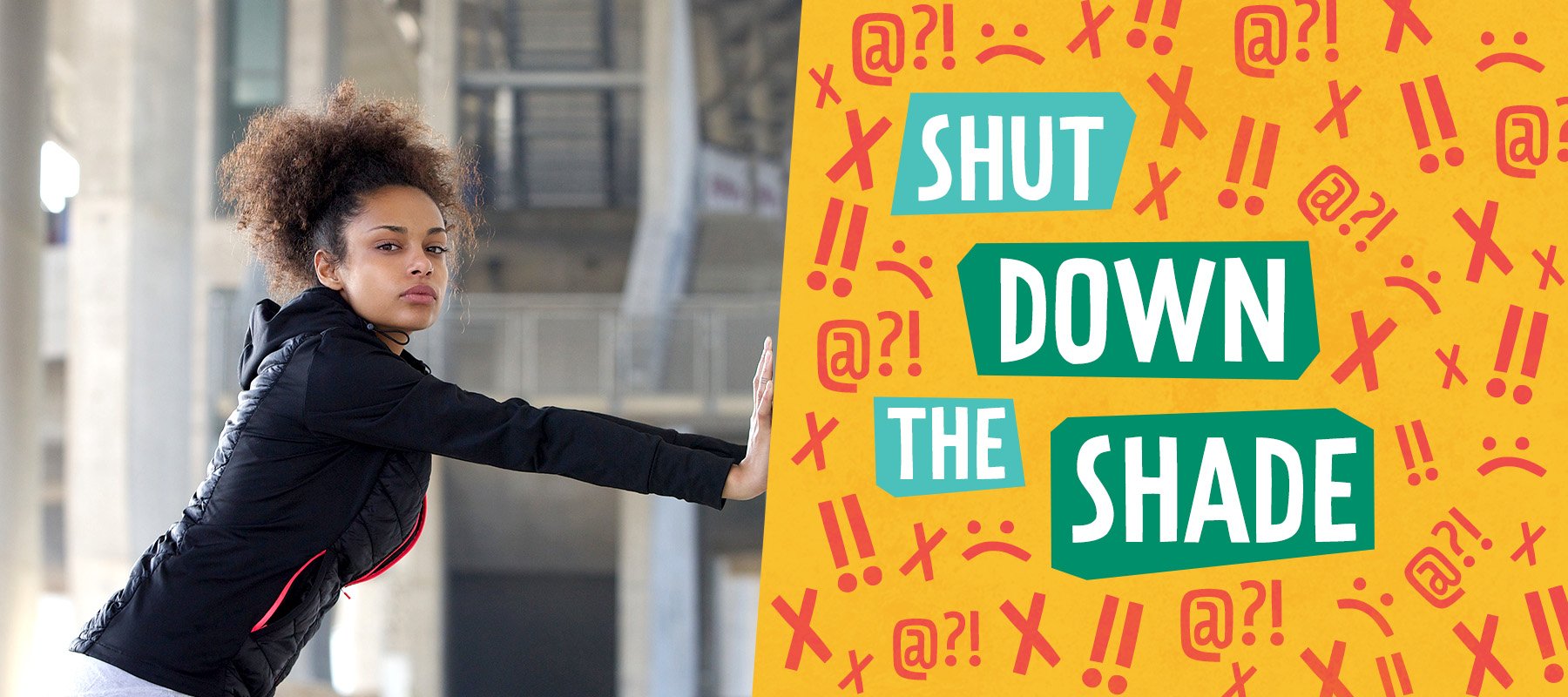
Come June,we can expect to see the usual suspects up in arms about brands engaging in (or even supporting) LGBTQ+ Pride campaigns. Of course, not...
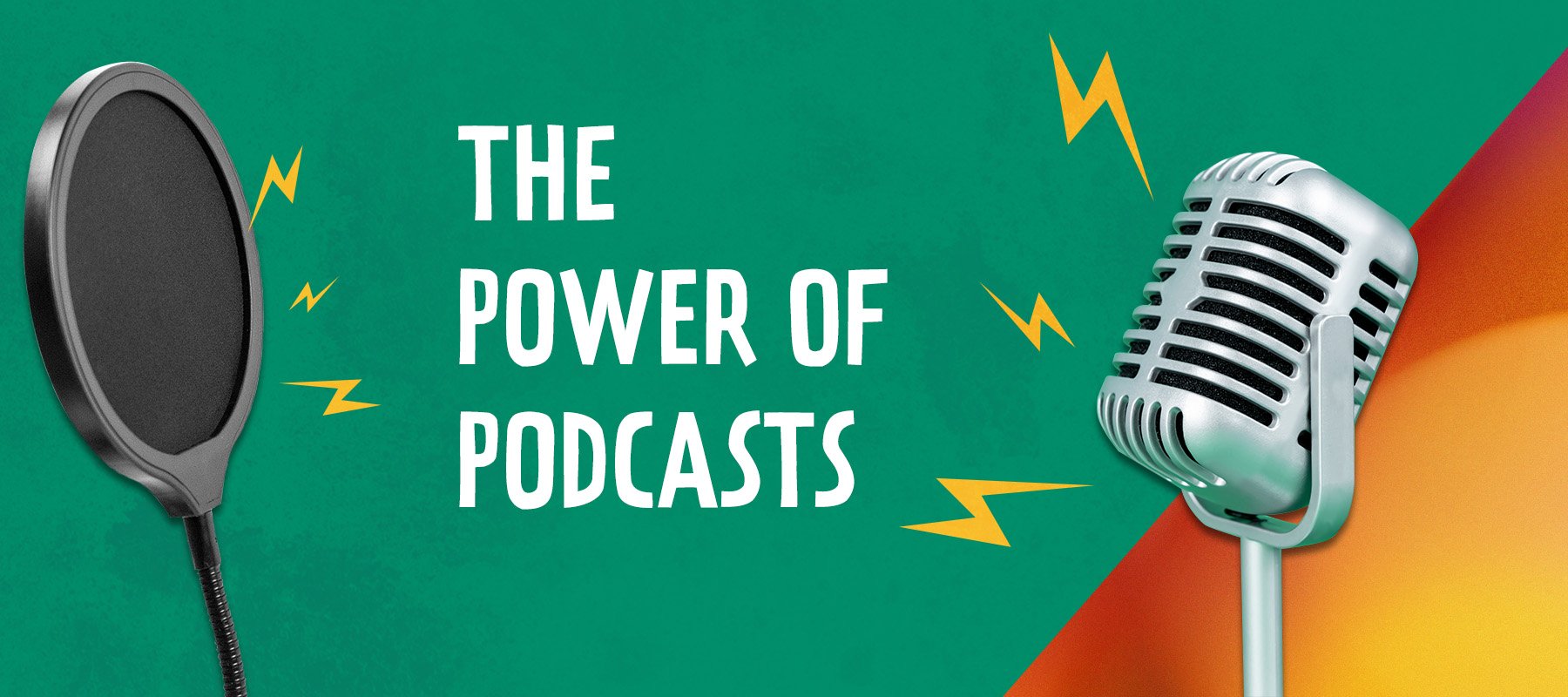
First things first: what is a podcast?
